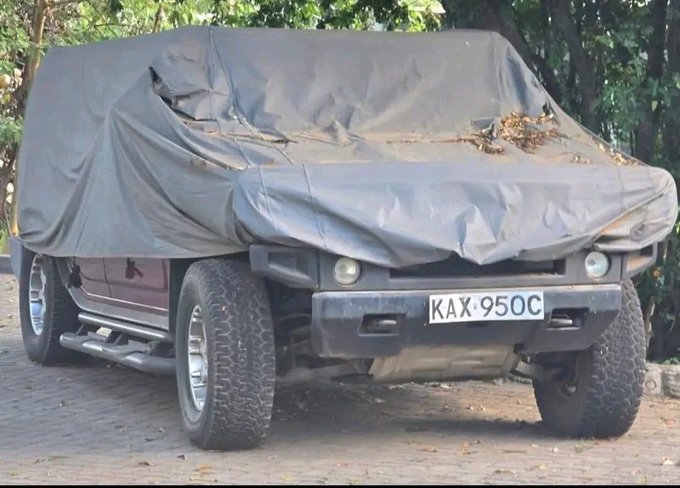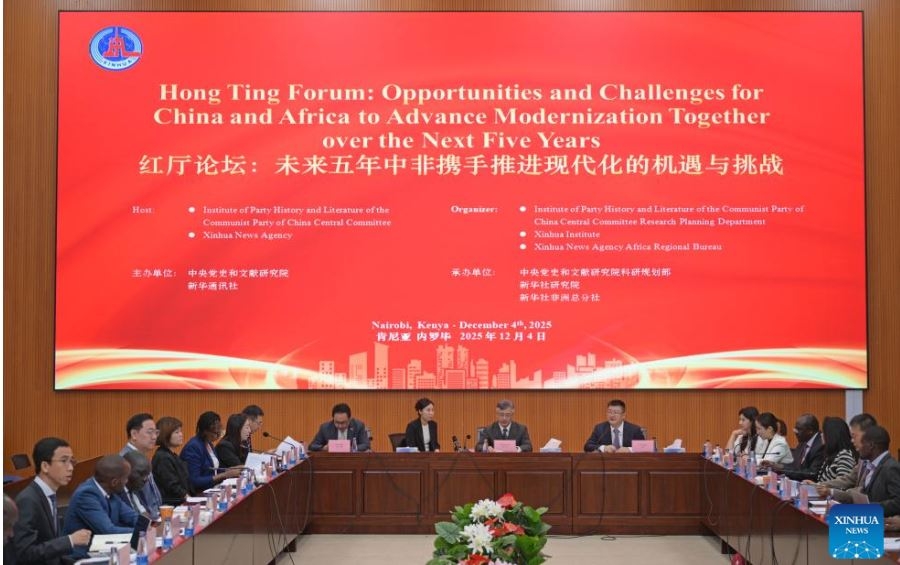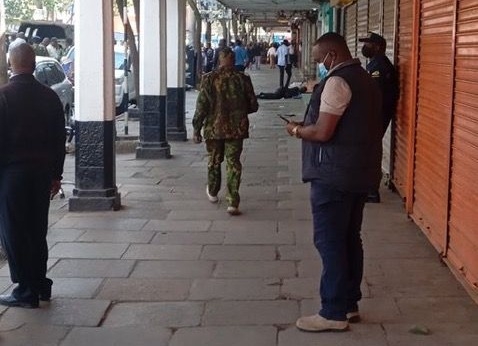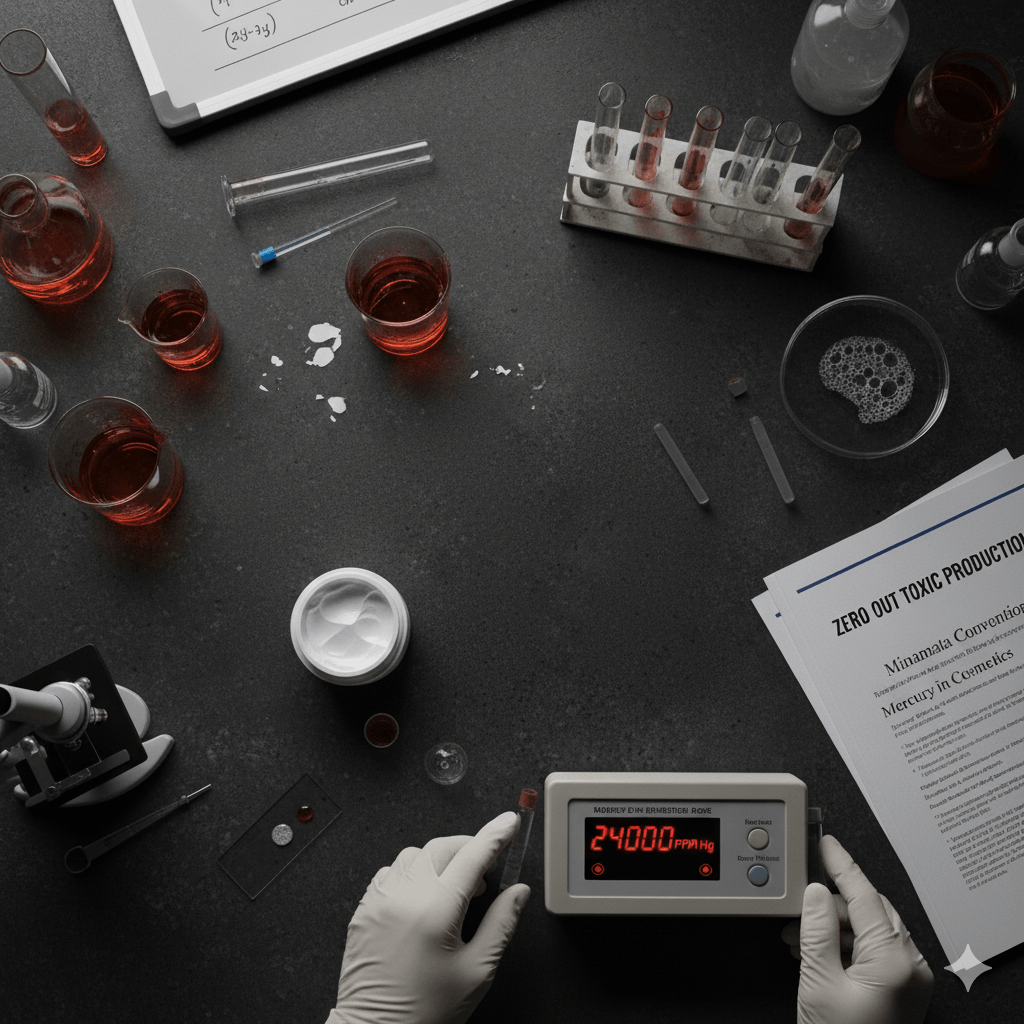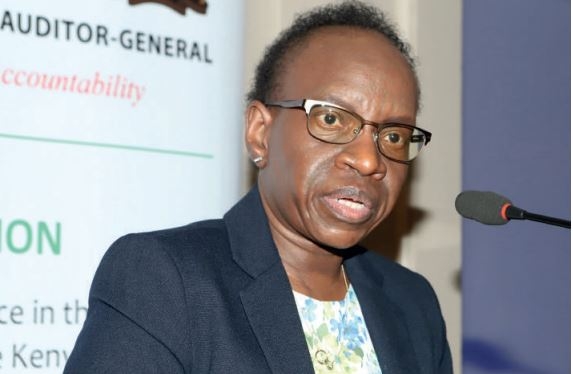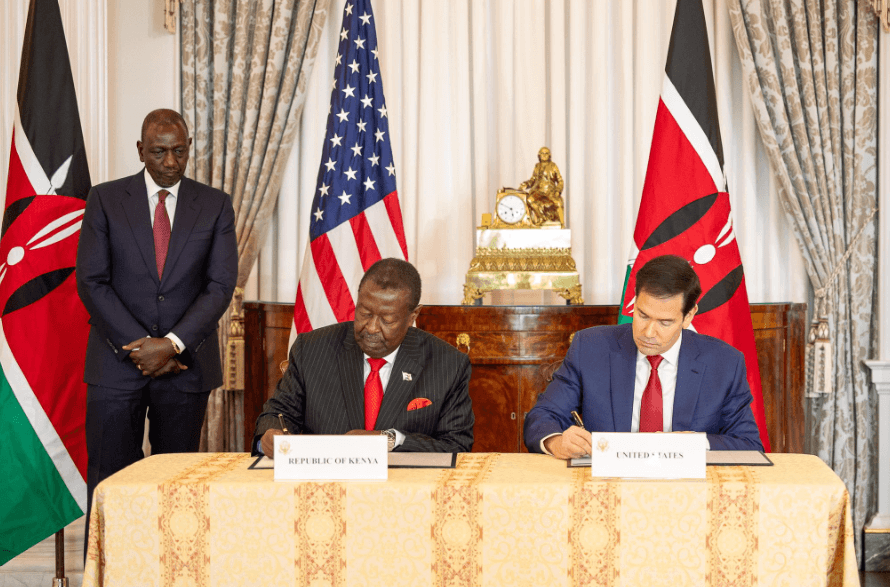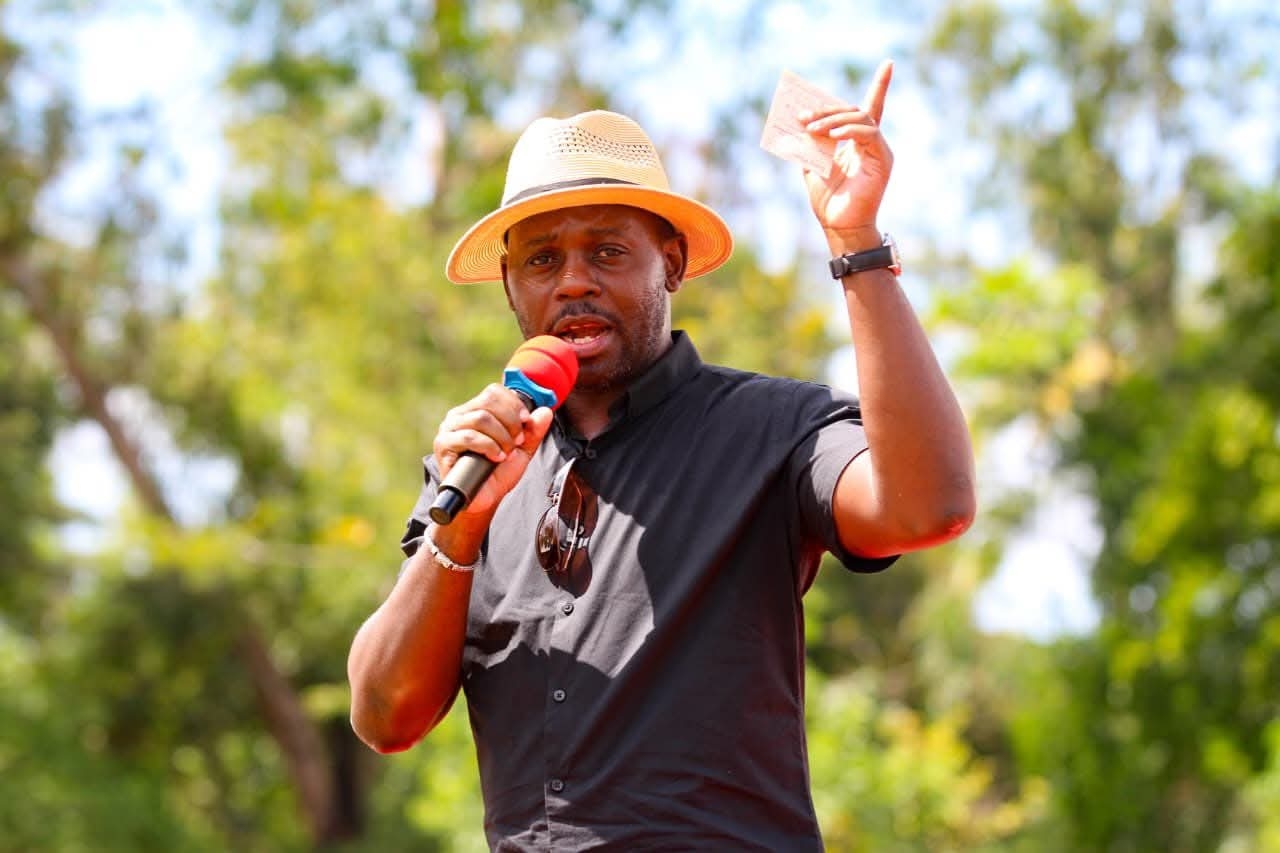
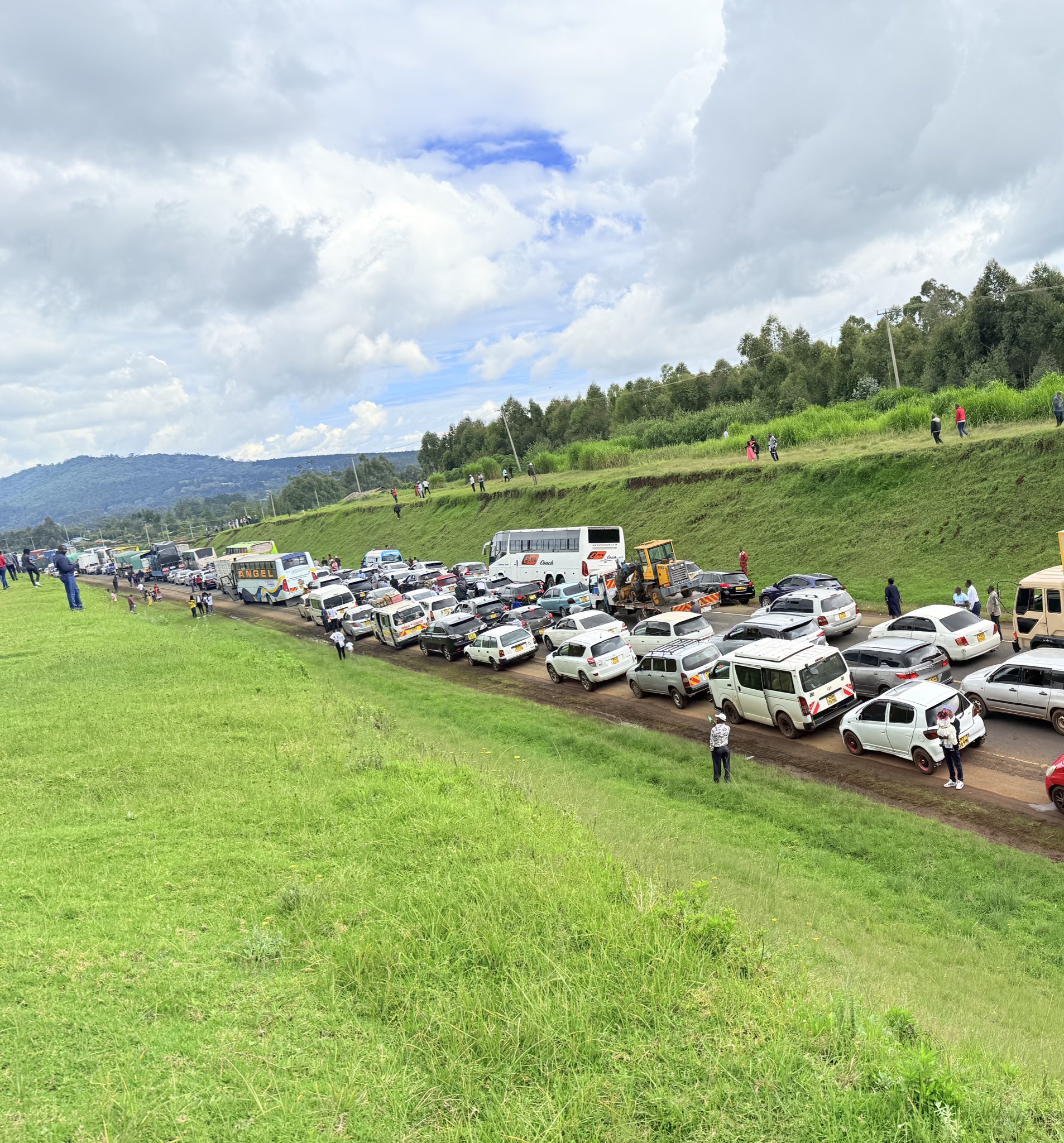
Motorists using the upcoming Rironi-Mau Summit expressway
will pay a base toll rate of Sh8 per kilometre, disclosures by Kenya National
Highways Authority show.
This followed the selection of a Chinese-led consortium to
build and operate the key highway under a 30-year concession.
Works on the Sh180 billion project (could peak at Sh194
billion) to be constructed under the PPP arrangement are expected to kick off
before January 2026, with a two-year completion period.
KeNHA has recommended Standard Gauge Railway builder China
Road and Bridge Corporation and National Social Security Fund consortium as the
preferred bidder for the 175km project.
The Nairobi-Nakuru-Mau Summit (A8) and the 58km Nairobi-Maai
Mahiu-Naivasha (A8 South) highway are President William Ruto’s flagship
ventures to ease congestion on the route.
The toll rate, which will increase by one per cent annually,
emerged as a crucial factor in the selection process.
It undercut the competing bid from Shandong Hi-Speed Road
and Bridge International Engineering Company
Limited which had proposed Sh10 per km, with a three per cent yearly
escalation.
The expressway will feature eight toll stations along its
route, implementing an open tolling system where motorists pay for the distance
travelled.
It would also be fitted with 15 interchanges, eight
footbridges, 25km of service lanes, eight wildlife crossings, 41 U-turns, 41
underpasses and 118 bus bays.
The base Sh8 rate applies to passenger cars and 4WD vehicles
starting from the first operational year in 2028.
The annual one per cent adjustment is designed to account
for inflation and exchange rate fluctuations.
The government has, however, indicated that the charge may
be subject to negotiation to ensure long-term affordability for users.
“GoK should negotiate a competitive toll tariff as per the
contracting authority’s stakeholder engagements findings,” the project tender
brief reads.
The project will be financed through a mix of 75 per cent
debt and 25 per cent equity (in shillings), with the NSSF's participation
marking significant local investment in the infrastructure.
The consortium will bear the traffic and revenue risks,
protecting taxpayers from potential revenue shortfalls.
As per the brief, for their toll payments, motorists will
benefit from reduced travel time along the congested corridor and dual four to
six-lane carriageways with improved safety features.
A 4.5km viaduct through Nakuru town to bypass urban
congestion is also envisioned, as well as enhanced climbing lanes through
challenging terrain and modern road safety measures, including improved
drainage and lighting.
The government has acknowledged that while the Sh8 rate is
more affordable than the alternative, further public participation will be
conducted to ascertain motorists' ability and willingness to pay.
The Evaluation Committee has specifically recommended
adopting pass-through mechanisms for foreign exchange and operational costs to
reduce fiscal exposure and keep tolls manageable.
The proposed rate positions the new expressway as a premium
but accessible route compared to existing toll roads. Motorists pay about Sh22
per kilometre on the Nairobi Expressway.
Before final negotiations begin, the consortium must provide
detailed breakdowns of construction and maintenance costs.
NSSF and CRBC are also expected to conduct comprehensive
willingness-to-pay surveys and develop a stakeholder engagement plan to address
motorists' concerns.
The Evaluation Committee has requested a more realistic
traffic forecast using three-four per cent growth rates instead of the
conservative one per cent initially proposed, which could potentially lead to
lower toll rates.
The project, approved by the PPP Committee in its October 9
meeting, represents one of Kenya's largest road infrastructure initiatives.
It is among ventures that China is executing under the
Global Development Initiative proposed by Chinese President Xi Jinping in 2023,
as an escalation of the Belt and Road Initiative.
Kenya “highly appreciates and actively supports the GDI
proposed by President Xi”, President Ruto said when he met the Chinese leader
in April.
The two sides also agreed to deepen cooperation in areas
such as poverty reduction, food security, green development and the blue
economy.
It is expected to significantly alter transport economics
along the Northern Corridor when construction begins in 2026.
“KeNHA, the PPP Directorate and the PPP Committee have
undertaken the necessary processes and procedures in line with the provisions
of the PPP Act,” the brief reads.
For Kenha, the project meets the public interest,
public-private partnership suitability,
project feasibility and affordability criteria.
Already, preparatory works have begun in earnest, with KeNHA
indicating it has engaged over 3,000 Kenyans in 65 public participation forums.
“The engagements have been with communities living along the
road corridor, elected leaders, county governments, conservationists, NGOs,
transporters and other interest groups such as Kepsa,” the authority said.
Ruto has been eyeing the project, which cuts through
Central, Rift Valley and a key connector to Western Kenya, to make a mark on
his legacy.
In April, he visited China and signed ventures worth Sh650
billion, the project kicking off at a critical time in the country’s electoral
calendar, in the face of elections barely two years away.
Ruto is in the second half of his term, with pundits arguing
the progress of the works could make or break his reelection bid, with Nyanza
and Western being key 2027 constituencies.
Observers point out that if he duals the road, it could
cement his infrastructure record and could outdo the combined legacy of his
predecessors— Uhuru Kenyatta and Mwai Kibaki.
The political scenes have been awash with concerns that the
President, by building the road, stands to upset his critics who have labelled
the venture as a campaign gimmick.
“Everyone knows what the people of Western, Nyanza and parts
of the Rift Valley have gone through because of that road. They should be able
to commend this government for the effort we have put in,” Laikipia East MP and
transport committee member Mwangi Kiunjuri, a Ruto ally, said.
Completing the critical link, which is notorious for paralysing
traffic gridlock, more so in the festive season, not only revives Kenya’s
regional trade ambitions but also allows Ruto to claim victory.
The road has also been prone to accidents, which have left
hundreds dead in their wake.
Beijing’s footprint in the country’s infrastructure
landscape is well-established and Ruto’s administration appears to be
leveraging this relationship to revive momentum.
The Rironi-Mau Summit highway could mirror the
transformative impact of projects like the Nairobi Expressway, another
Chinese-backed venture that has eased congestion in Nairobi.
Besides Rironi, the Kenya Kwanza administration is
fast-tracking hundreds of road projects, most of which were unlocked after the
fuel levy was securitised.
They include major roads in Nairobi city, several others
that had stalled over non-payment. Rural roads agency Kerra is also rolling out
hundreds of projects across the country.
INSTANT ANALYSIS
With CRBC's proven track record from the SGR project and the
NSSF's local financial stewardship, the Rironi-Mau Summit highway is poised to
become not just another infrastructure project, but a defining achievement of
the Ruto presidency, a tangible expression of the Bottom-Up Economic
Transformation Agenda that connects communities, creates opportunities, and
builds the Kenya of tomorrow.



